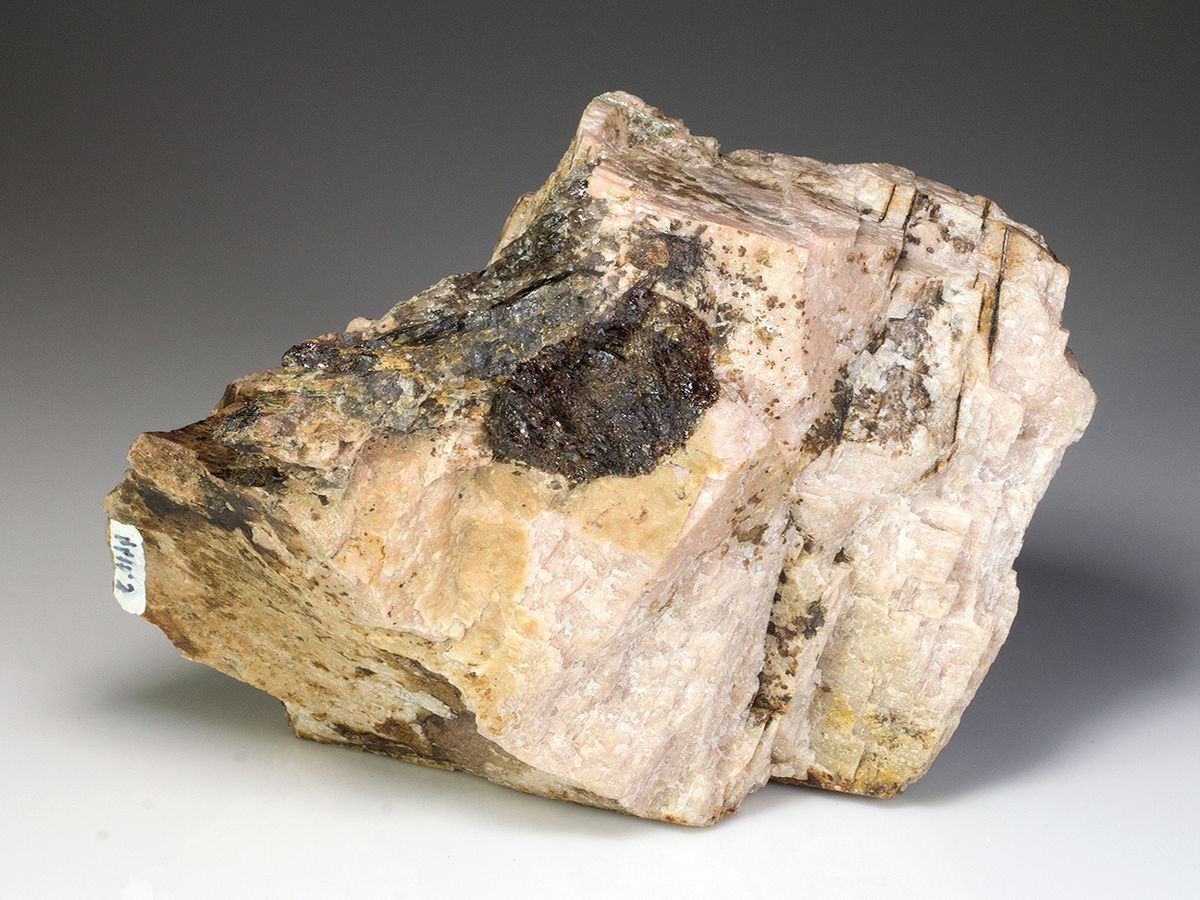
Polycrase is a rare mineral that often intrigues geologists and collectors alike. Found in granite pegmatites, this mineral is known for its complex composition and unique properties. Did you know that polycrase contains elements like uranium, thorium, and rare earth metals? These elements make it not only fascinating but also significant in scientific research. Polycrase typically appears in black or brownish-black colors and forms prismatic crystals. Its name comes from the Greek words for "many" and "mixture," reflecting its diverse chemical makeup. This mineral can be radioactive due to its uranium and thorium content, so handling it requires caution. Whether you're a student, a hobbyist, or just curious, learning about polycrase opens a window into the intricate world of minerals.
Key Takeaways:
- Polycrase is a rare mineral with a complex composition, found in specific locations like Norway, the United States, Brazil, and Madagascar. It has valuable uses in electronics, aerospace, and nuclear technology.
- Polycrase's unique properties, including its slight radioactivity and association with rare earth elements, make it a fascinating subject for collectors, researchers, and those interested in mineralogy and geochemistry.
What is Polycrase?
Polycrase is a rare mineral that belongs to the niobium-tantalum oxide group. It often forms in granitic pegmatites and is known for its unique properties and composition.
- Polycrase is a complex oxide mineral containing niobium, tantalum, titanium, and rare earth elements.
- It typically forms in granitic pegmatites, which are coarse-grained igneous rocks.
- The mineral was first discovered in Norway in 1873.
- Polycrase often occurs in association with other rare minerals like euxenite and fergusonite.
- Its name is derived from the Greek words "poly" (many) and "krasis" (mixture), referring to its complex composition.
Physical Properties of Polycrase
Understanding the physical properties of polycrase can help in identifying and studying this mineral.
- Polycrase crystals are usually black or dark brown in color.
- It has a submetallic to resinous luster, giving it a shiny appearance.
- The mineral has a hardness of 5 to 6 on the Mohs scale, making it relatively hard.
- Polycrase has a specific gravity of 4.8 to 5.3, indicating it is quite dense.
- It exhibits a conchoidal to uneven fracture, meaning it breaks with smooth, curved surfaces.
Chemical Composition of Polycrase
The chemical makeup of polycrase is what makes it unique among minerals.
- Polycrase contains significant amounts of niobium (Nb) and tantalum (Ta).
- It also includes rare earth elements like yttrium (Y) and cerium (Ce).
- The mineral's formula is often written as (Y,Ca,Ce,U,Th)(Nb,Ta,Ti)2O6.
- Uranium and thorium can be present in small amounts, making polycrase slightly radioactive.
- The presence of multiple elements gives polycrase its complex structure and properties.
Uses and Applications of Polycrase
Though rare, polycrase has several important uses and applications.
- Polycrase is a source of niobium and tantalum, which are used in electronics and aerospace industries.
- The rare earth elements in polycrase are valuable for various high-tech applications.
- It is studied for its potential use in nuclear technology due to its uranium and thorium content.
- Collectors and museums value polycrase for its rarity and unique properties.
- Research on polycrase helps in understanding the geological processes that form rare minerals.
Locations Where Polycrase is Found
Polycrase is not commonly found everywhere; it has specific locations where it is more prevalent.
- Norway is one of the primary locations where polycrase was first discovered.
- It is also found in the United States, particularly in states like Colorado and South Dakota.
- Brazil has notable deposits of polycrase in its pegmatite regions.
- Madagascar is another location known for its polycrase occurrences.
- Other countries with reported polycrase deposits include Canada, Russia, and Australia.
Interesting Facts About Polycrase
Here are some intriguing tidbits about this rare mineral.
- Polycrase can sometimes be confused with similar minerals like euxenite due to their similar appearance.
- The mineral's slight radioactivity requires careful handling and storage.
- Polycrase crystals can sometimes exhibit twinning, where two crystals grow together in a specific pattern.
- It is often found in small quantities, making large polycrase crystals quite rare.
- The study of polycrase contributes to the broader understanding of mineralogy and geochemistry.
Final Thoughts on Polycrase
Polycrase, a fascinating mineral, holds a wealth of intriguing facts. Found in granite pegmatites, it often contains rare earth elements like yttrium and uranium. Its unique properties make it valuable for scientific research and industrial applications. Despite its rarity, polycrase's role in advancing technology and understanding geological processes can't be overstated. From its complex chemical composition to its striking appearance, polycrase captivates both scientists and collectors. Whether you're a geology enthusiast or just curious about the natural world, learning about polycrase offers a glimpse into the Earth's hidden treasures. Remember, every mineral tells a story, and polycrase's tale is one of complexity and beauty. Keep exploring, and who knows what other fascinating facts you'll uncover about the minerals that make up our planet.
Frequently Asked Questions
Was this page helpful?
Our commitment to delivering trustworthy and engaging content is at the heart of what we do. Each fact on our site is contributed by real users like you, bringing a wealth of diverse insights and information. To ensure the highest standards of accuracy and reliability, our dedicated editors meticulously review each submission. This process guarantees that the facts we share are not only fascinating but also credible. Trust in our commitment to quality and authenticity as you explore and learn with us.
